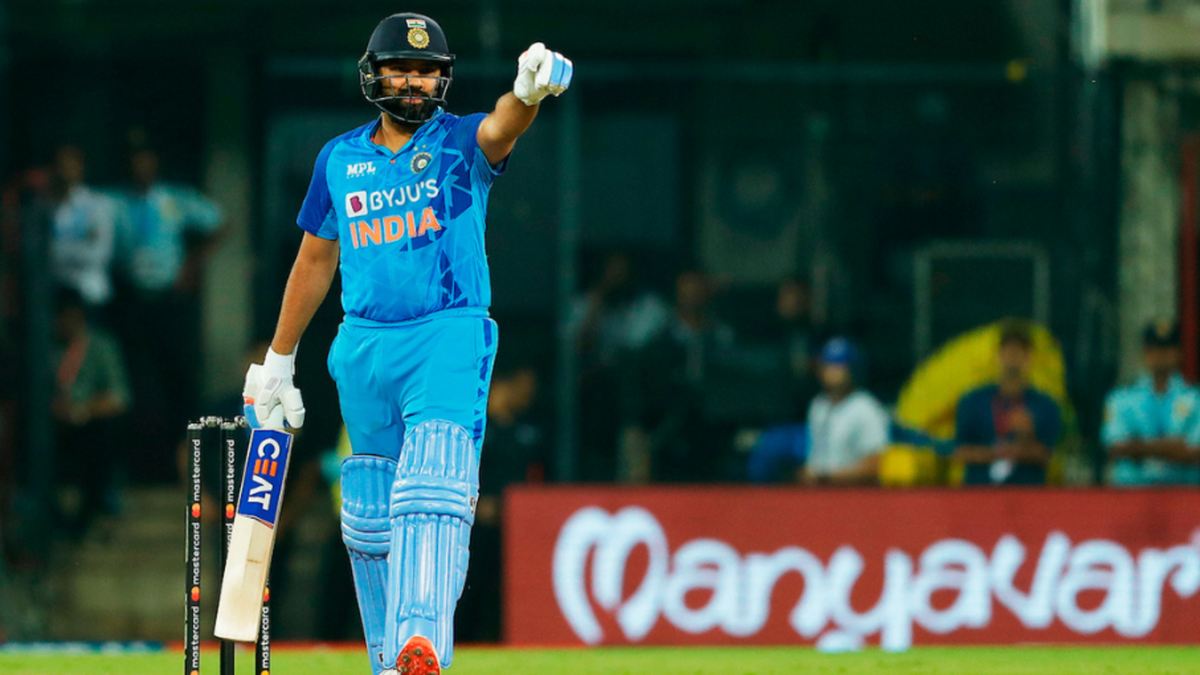
India won their last T20I series before they depart for the T20 World Cup, defeating South Africa 2-1. They had earlier won against Australia by the same margin, but despite the back-to-back trophies, a number of questions still remain.
Who is Jasprit Bumrah’s replacement?
Who will come into the squad for Bumrah, and who will bowl at the death? There are no clear answers to the question, with skipper Rohit Sharma too seemingly being unsure, stating that a decision would be taken after a few practise sessions in Australia before the cut-off date for naming a replacement – October 15.
The task will not be an easy one. While there are a number of candidates who can make the squad, no one comes with the skills that Bumrah possesses of bowling in all phases of the innings. Umran Malik, Mohammed Siraj, Mohammed Shami and Deepak Chahar are the four fighting for a spot, but none comes without issues.
Shami is recuperating from Covid-19 and last played a professional game in July. He has an economy rate of 10.66 in the death overs since the 2020 IPL, and though he has the experience, he is rusty and won’t solve the death bowling woes. Chahar is similar to Bhuvneshwar Kumar, getting the new ball to swing but lacks zing in the latter half. Siraj can be expensive on his day, and Umran Malik is vastly inexperienced.
Can the death bowling carry India through?
India will not only miss the leadership skills of Bumrah and his experience, but they will also be without his reliable bowling at the death. The India quick has an economy rate of 7.36 at the death in all T20Is – the best figures by a bowler in the end overs from the country (min. 300 balls bowled). The next best is Bhuvneshwar Kumar, who has an economy rate of 9.65, indicating how big of a miss Bumrah will be.
Since the Asia Cup, India have conceded 11.45 runs between overs 16 to 20 in the shortest format, with Bhuvneshwar, Harshal Patel and Arshdeep Singh – all picked in India’s World Cup squad – each conceding more than 10.5 runs an over. In the third South Africa T20I, India gave away 73 runs in the last five overs, and it all only increases the pressure on the batters.
In the last five T20Is against Australia and South Africa, India have made more than 180 four times and scored 92 in eight overs in another clash. But while the batting order has been consistent, the poor form of the bowlers, especially at the death where games are majorly lost, is a major cause of concern.
Is the spin attack settled?
The Indian camp has looked into match-ups, selecting their XI based on the opposition of late. It saw Ravi Bishnoi replaced by R Ashwin against Sri Lanka despite having taken 1-26 against Pakistan, because Ashwin’s off-spin would be handier against a side that had more left-handers. Bishnoi, a leg-break bowler, had to sit out.
Against Australia, Ashwin was benched for the entire series as the rival camp had a dearth of southpaws. Yuzvendra Chahal played over him, conceding 9.12 runs per over in three games. Ashwin came into the XI against South Africa, playing all three matches, with Chahal sitting out. Axar, who had been miserly with the ball since the Australia T20Is, bowled just one over against South Africa in Indore, with Dravid stating the reason was “match-ups”.
If India continues playing around with their spinners in the T20 World Cup based on the opposition, they will risk unsettling their XI in every game. Momentum is key in world events, and constantly breaking the rhythm of a bowler might not be the wisest move.
Do India strengthen their bowling or their batting?
India’s batting has been their biggest plus-point of late, and the opposite holds true for the bowling attack. It puts the India team in a dilemma: should they play an extra batter and provide some sort of cushion to their bowlers, all of whom have been expensive? Or do go in a batter short because the bowling will need more options?
They can select Rishabh Pant, taking the batting deep, with Dinesh Kartik at No.7. It will give the top-order more liberty, and give them a greater chance to reach above-par scores. On the flip side, they will have four specialist bowlers and Hardik Pandya. The all-rounder cannot be trusted to send down his full quota of overs every game.
If they have Axar at seven – the balance they have been going in with recently – the onus will be on the top order to be amongst the runs in every game. A failure will leave the lower middle order reeling.
Is there a way to improve the fielding?
India’s fielding has been below-standard of late, with lazy attempts at catching, poor boundary takes and missed run-out chances a common sight. Against South Africa at Indore, Siraj was guilty of tipping over a couple of catches over the boundary ropes, which went for maximums. Even the likes of Shreyas Iyer, Karthik and KL Rahul, generally safe fielders, have been below-par, allowing India to concede unnecessary runs. Is there a quick solution to improve the fielding standards, which will be crucial in Australia with bigger boundaries?








